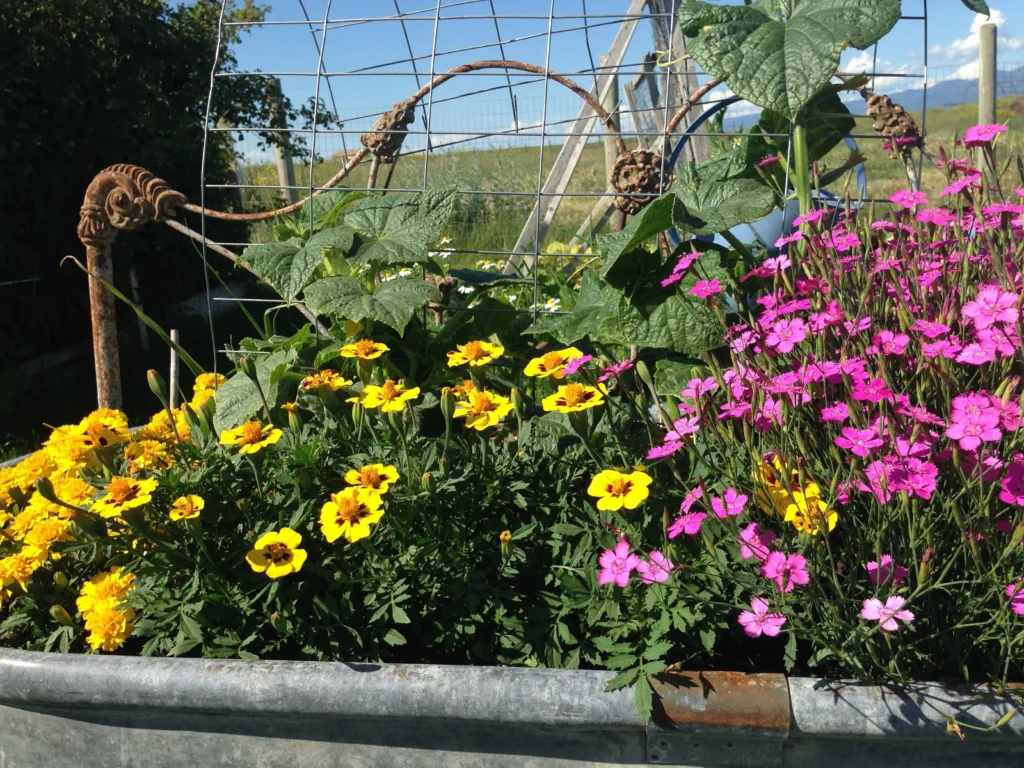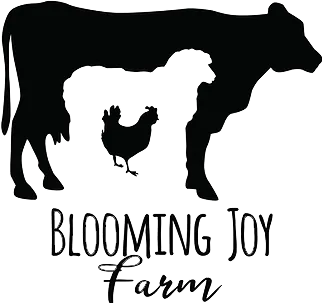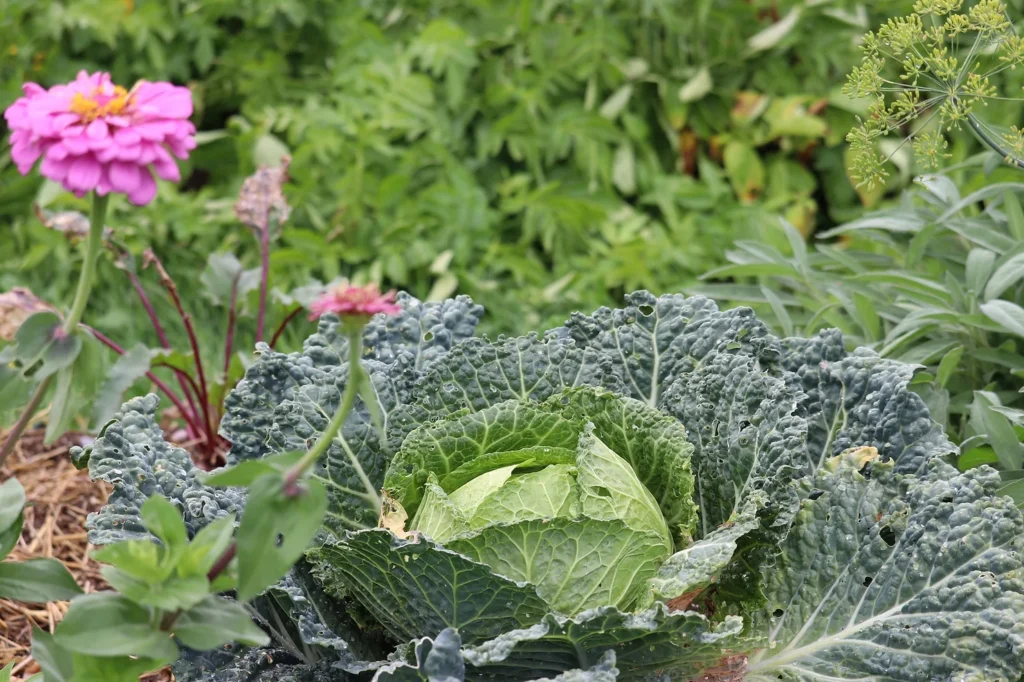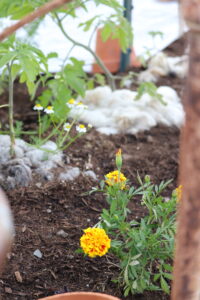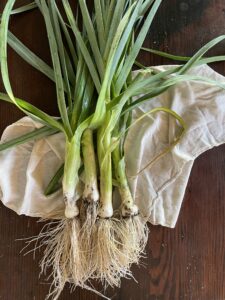The miracle of a tiny seed amazes me every year, every time I nestle the seed in the dark soil. And so we plant again, anticipating the harvest, eagerly waiting for that first taste of goodness.
The winter months of snow covered garden beds give a much needed rest from the physical labor of keeping a productive garden. By January, though, my fingers are itching to be working in the dirt. The onslaught of seed catalogs coming in the mail gives me high hopes for a productive garden ahead! To enjoy the miracle of the little seed sprouting and being productive, there is planning, prepping and a bit of dirt shoveling that needs to take place.
Let’s start at the very beginning……. Understanding what growing zone/climate you will be gardening in is vital. Below is a map that shows the frost dates. When the last typical frost is for your area and when the first expected frost is will help you determine your total growing days in the garden. We can stretch this a little if you use plastic row tunnels. Imagine mini greenhouses.
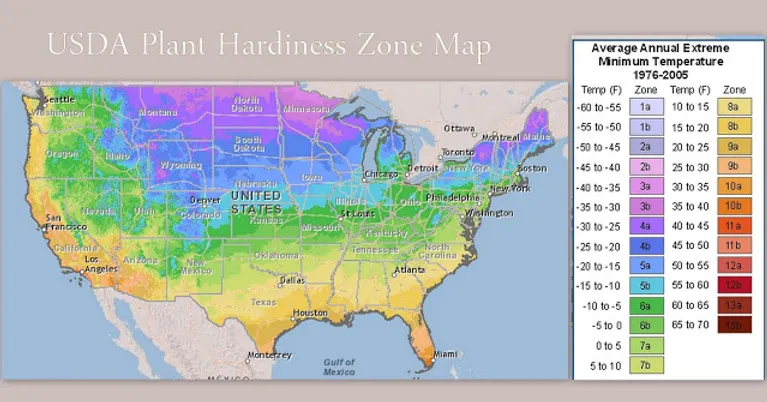
What you plant those seeds and plants in matters! Using nutritionally rich soil is vital to healthy plant growth and vegetable development. No matter the place that you will have your garden, be it a large plot of ground, raised beds or containers on the back patios, the dirt matters!! Soil testing is relatively easy to do. There are soil test kits that can be purchased at garden centers or through seed companies. Your local extension agent might be of help in understanding your soil quality and condition for your area and give helpful input. In general, good garden soil needs to drain well because standing water creates mold and rots seeds and roots. It should be rich with microbial organisms. Adding rich organic compost each spring is a great way to feed the soil. Grass clipping, dried leaves and pine needles is a wonderful mulch that will break down to become a beautiful loamy soil enricher. Understanding the PH of your garden soil is very important for successful growth of plants. We can test this using a simple kit.
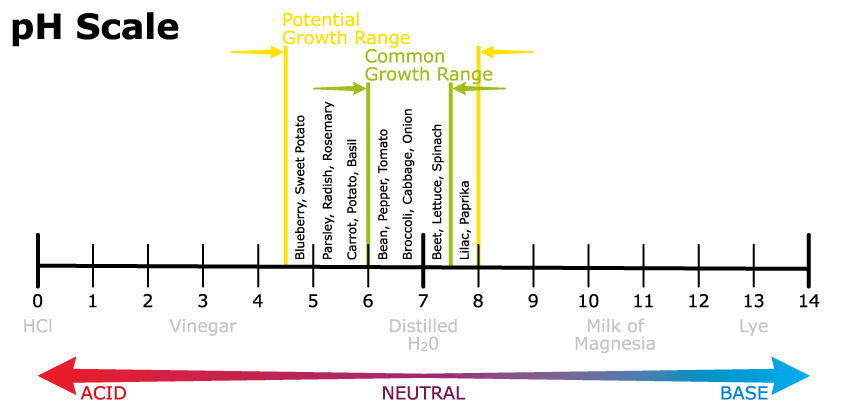
There are commercial fertilizers on the market that can be used effectively. I always choose organic. Organic fertilizers include manure, compost, bone meal, blood meal and fish emulsion. It contains trace minerals that help build the soil’s humus.
Here is a little overview of how to read a bag of fertilizer. The first three elements plants require are carbon, hydrogen and oxygen, which they get from the air in carbon dioxide and water. The next three necessary are nitrogen, phosphorus and potassium, which are often represented by their chemical symbols N, P and K. They always appear in the same order on fertilizer labels. The numbers on a fertilizer bag represent the percentage by weight. If it says 16:20:0, the fertilizer contains 16 percent nitrogen, 20 percent phosphorus and no potassium. Why is this important to understand? Nitrogen contributes to leaf production and is especially good for leaf crops such as lettuce and spinach. All plants need it because they have leaf surfaces to photosynthesize. Being water-soluble, nitrogen is quickly washed away by irrigation and rainfall. Phosphorus promotes fruiting and strong root systems. It is very slow to disappear. If you put it on top of the soil and don’t work it in properly, it may never reach your plant’s roots. When worked into the soil, phosphorus remains available in the soil for several years. Potassium is vital to the retention and absorption of water in soil. Proper water saturation leads to strong and healthy plants that resist disease and harm from heat.
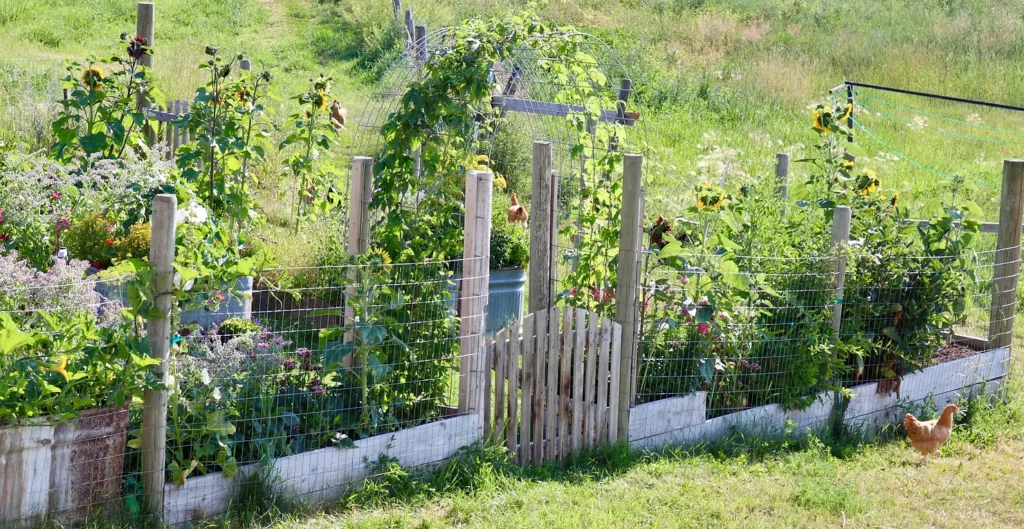
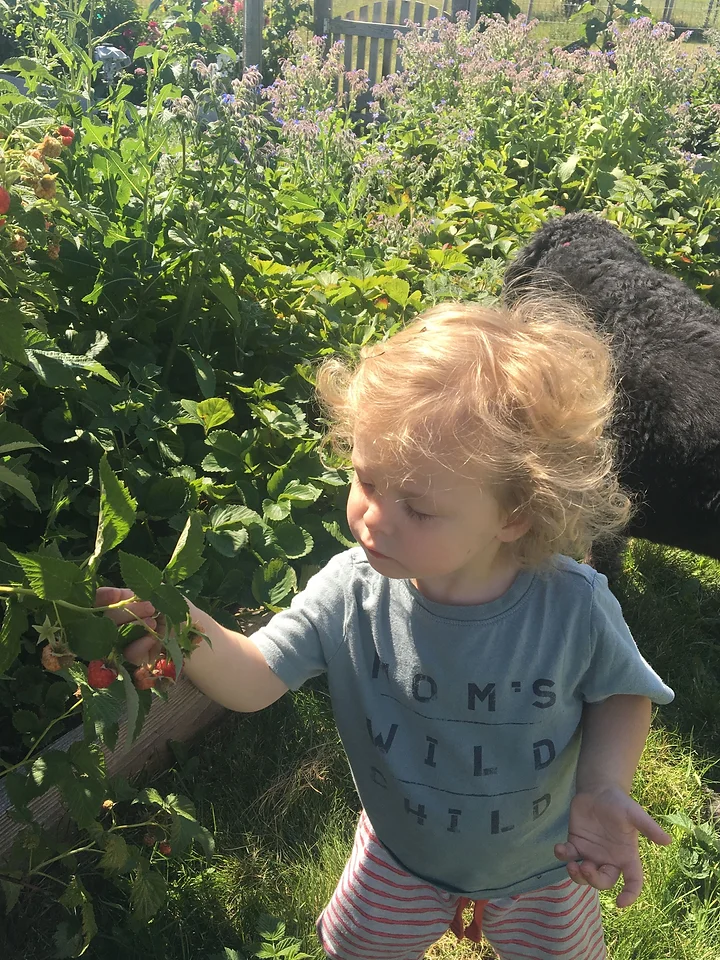
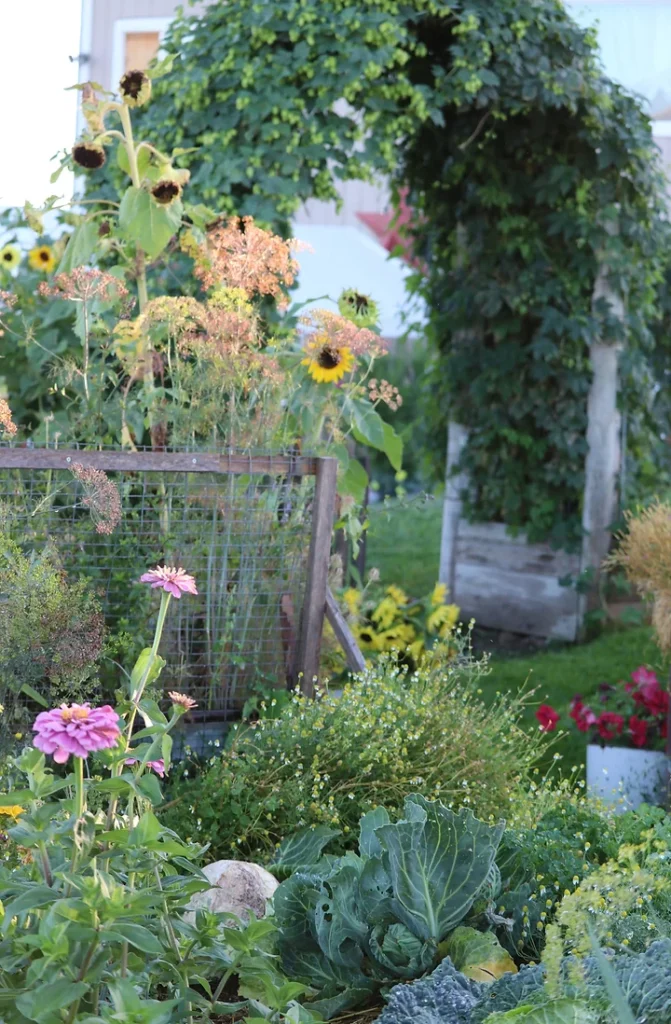
So where do I get my seeds you ask? For many years I purchased my seeds from the local garden/ hardware store. I look for seed companies within my growing region. The seeds and plants that thrive in your growing climate will help be a part of a successful garden for you.
There is important information on a seed package to look at- When to plant, what kind of light requirements, planting depth, spacing between seeds, days to germinate and days to maturity. This is information that will help in your planning of when to plant what seeds and where to plant. Every year I plot out the upcoming garden on a piece of graph paper. I include where I will plant each crop, how much of it I will plant, and when. It is so helpful to look over past years garden maps. Add notes throughout the growing season in regards to what varieties are doing well and if you planted enough tomato plants! Charting varieties that you liked and disliked is helpful information as well. I made a garden binder that I keep all of my records and notes in that has been so valuable and insightful for me to reference over the years. A few seed companies that I have had great success with over the years are – Johnny Seeds, Irish Eyes Garden Seeds, Botanical Interests and Baker Creek Seeds. If you want to grow a garden this year, I would highly recommend that you order your garden seeds as soon as possible. The demand is very high this year, and seeds are already being sold out.
The method of companion planting I think I will leave for another blog post. But if you are interested in the concept here are some outstanding books to get you started- Carrots love Tomatoes & Roses love Garlic by Louise Riotte and Great Garden Companions by Sally Jean Cunningham. I have incorporated companion gardening for years and have seen the benefits of plants working together to create a symbiotic environment. My greatest success of this method to date is planting cabbage with sage, marigolds and onions to help repel the cabbage moth. It is a beautiful arrangement of color and texture as well!
So to conclude this post I raise my shovel to a growing season full of growth, grit and a beautiful harvest!
